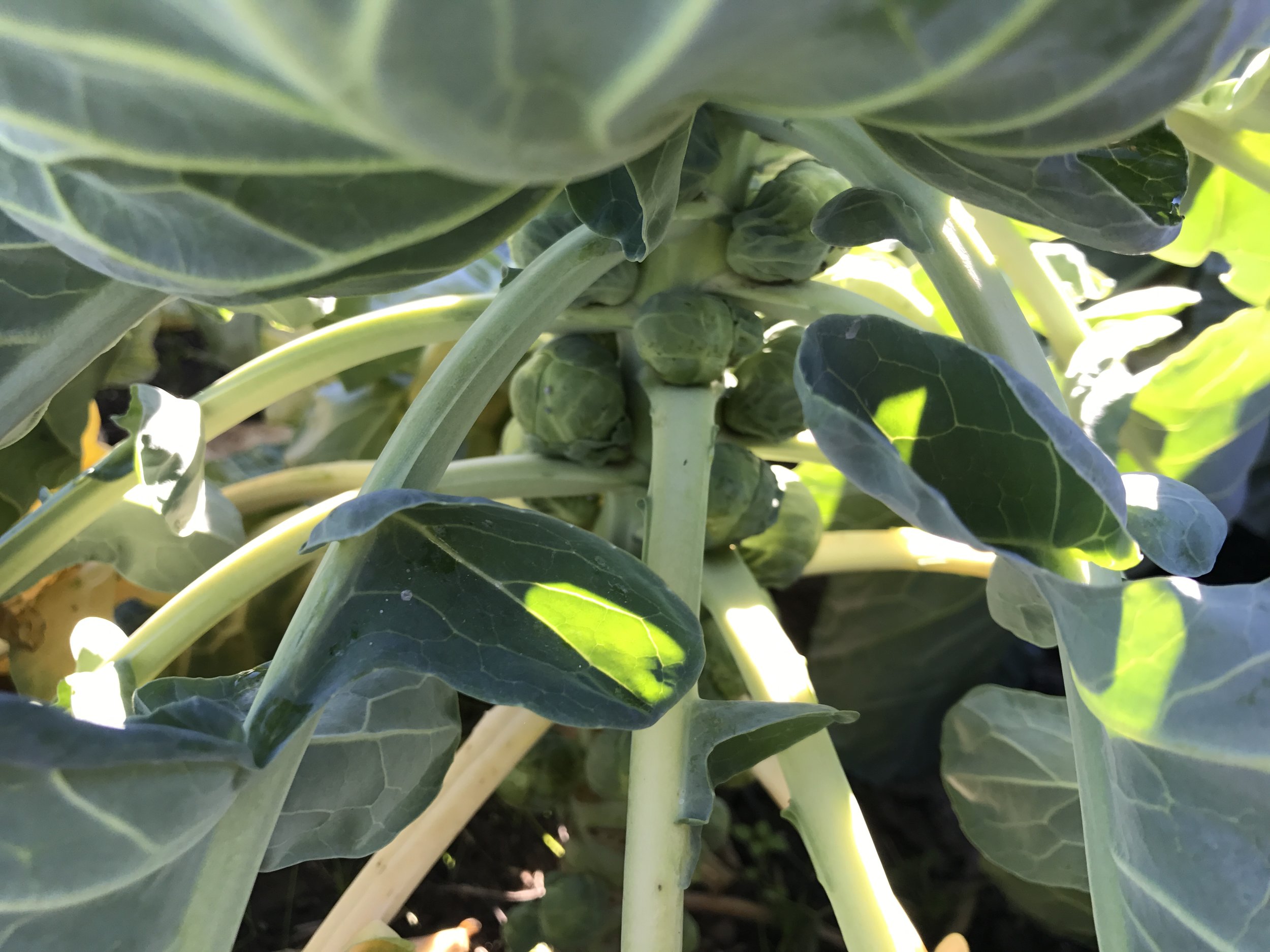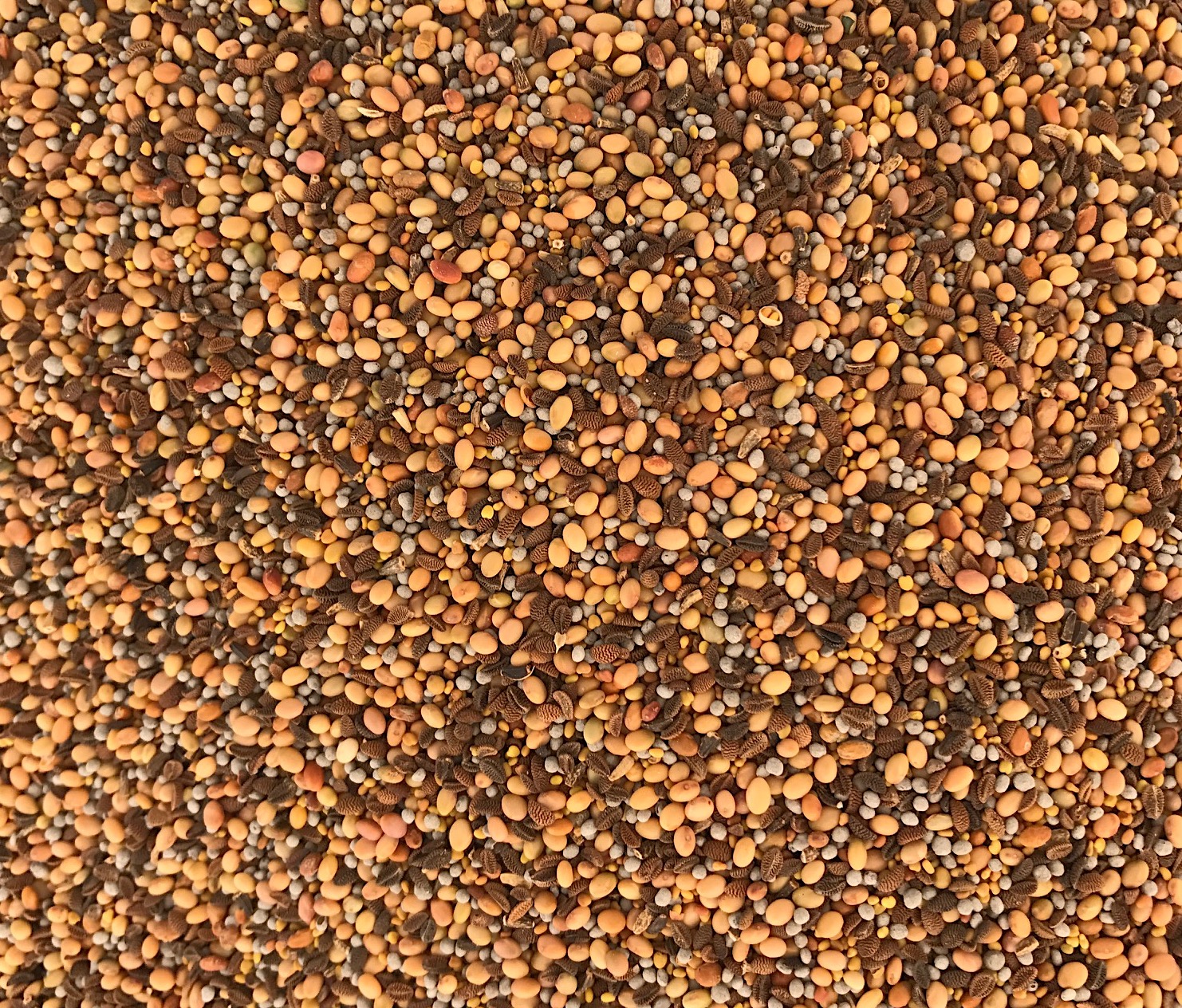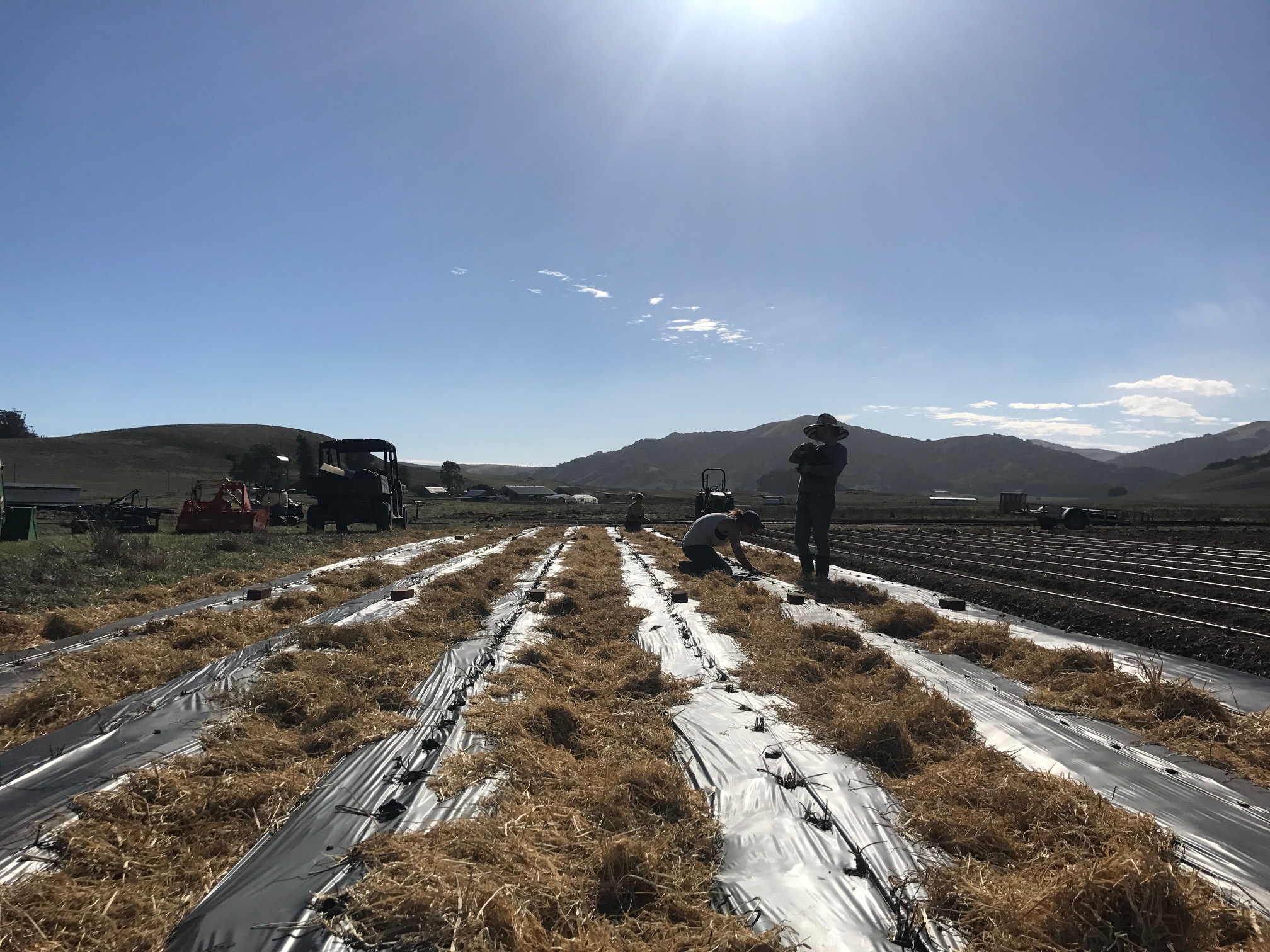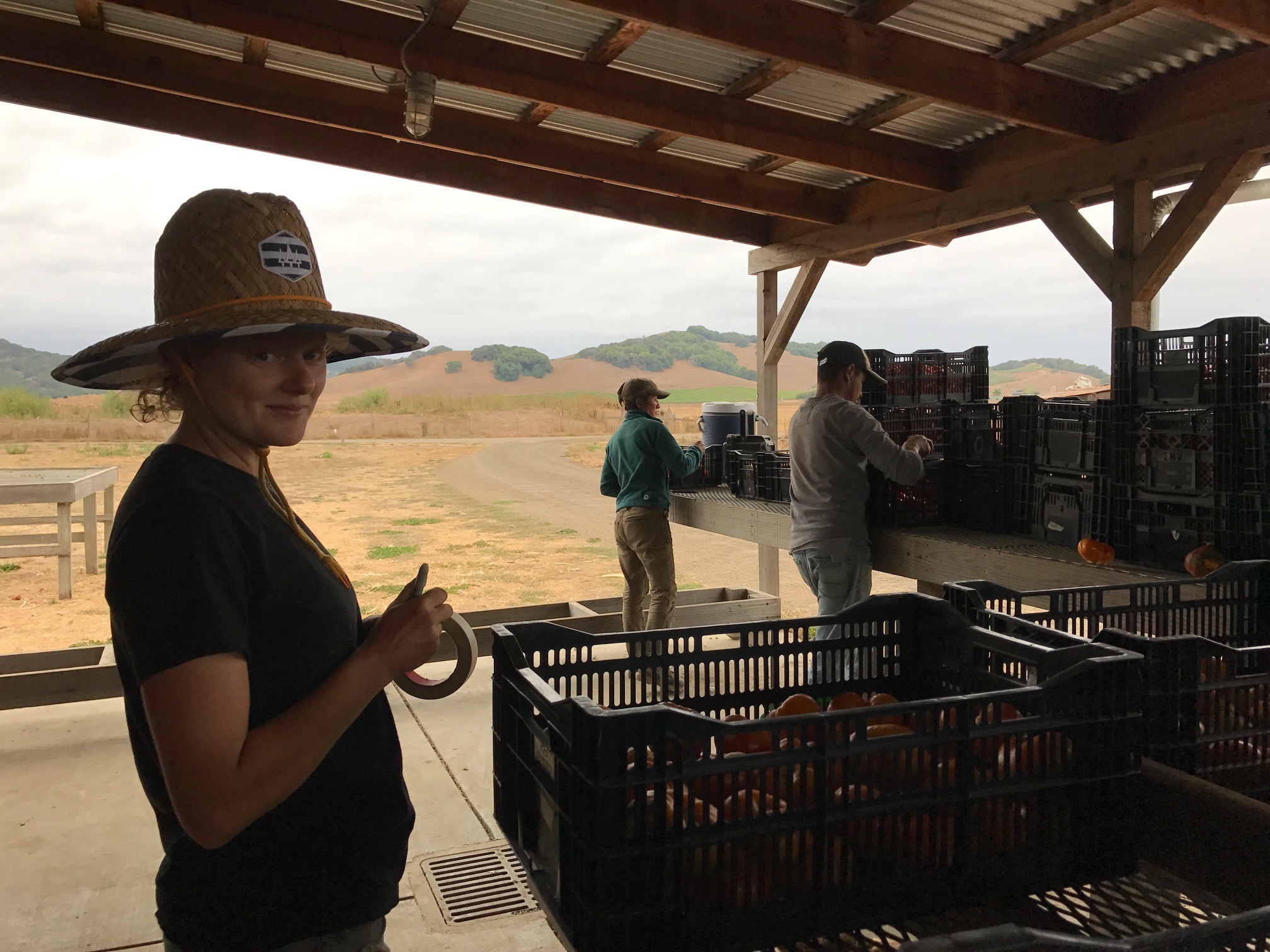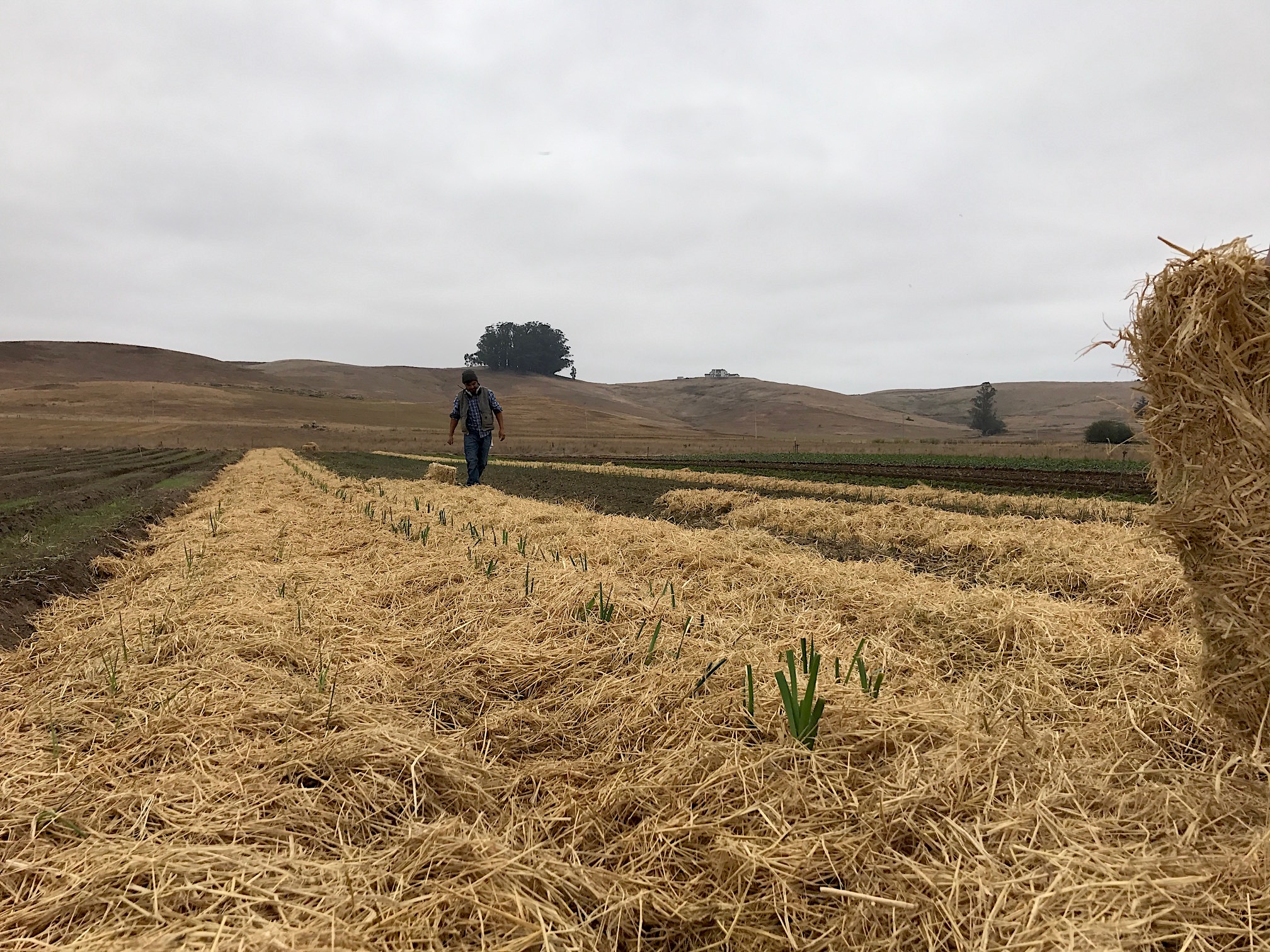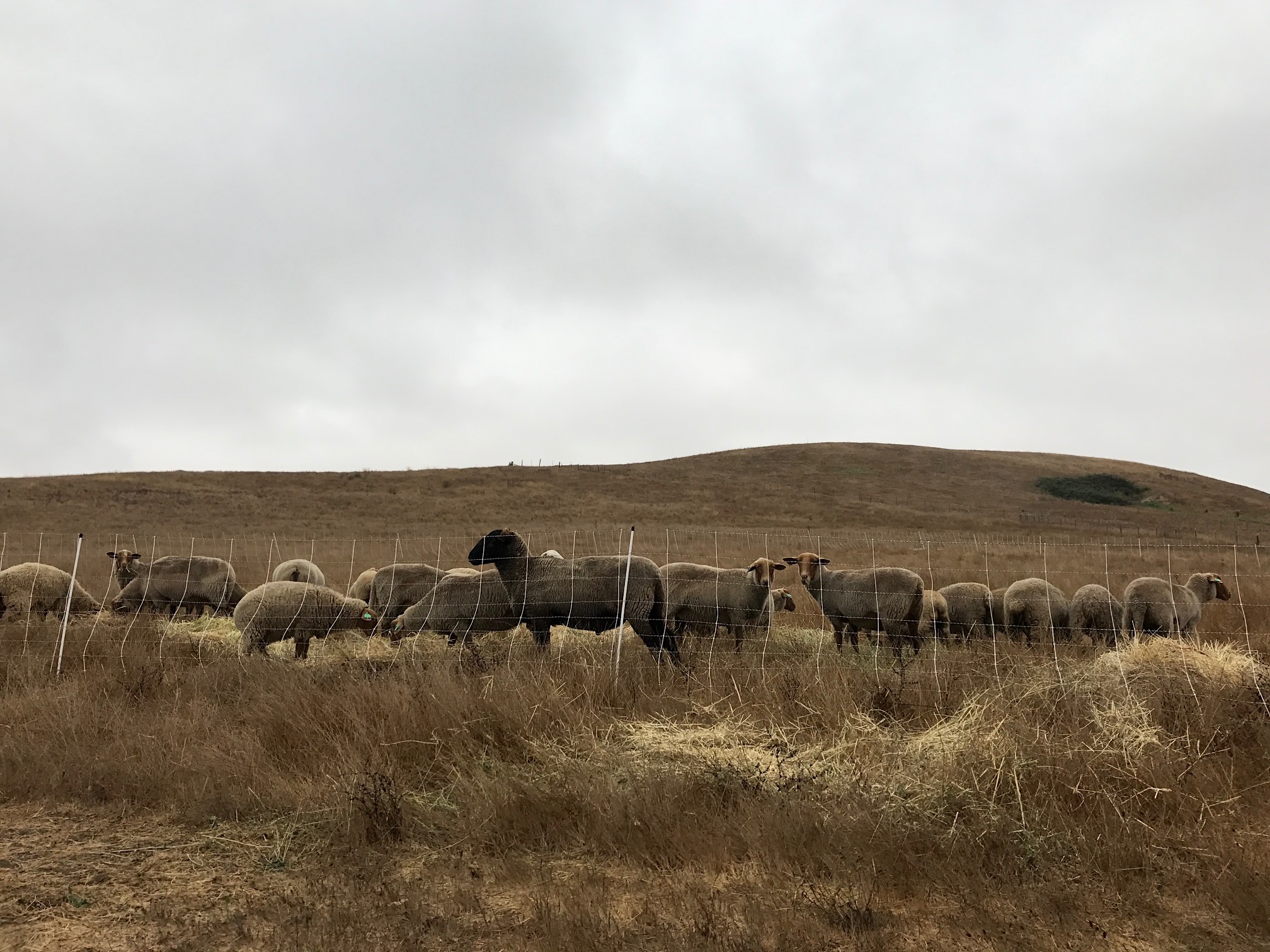The past week of sunshine has been a welcome break for the plants; you can almost see the grass growing. Seth and I are in New Hampshire visiting family and finding snow where we can while the crew skillfully manages the farm. Reading the weather from afar, I can imagine that the cold and windy weather of the past few days has stunted the growth. Still the light is returning each day and the plants know it.
We are hoping to get the greenhouse plastic on this week, as well as weeding the strawberries and the tunnels. Since the tunnels were moved to fresh ground this fall, we feel as though we are starting all over in prepping the ground. There are many weeds and it is difficult to manage when there is limited sun to kill the weeds. We are slowly working at it.
We are open both Tuesday and Friday this week! Happy New Year!
Mustard greens
Pac choy
Fennel
Onions
Beets
Chard
Cabbage
Radishes
Leek
Carrots
Frisee, Escarole, Castelfranco, and Radicchio
Garlic
Kale
Turnips
Potatoes
Winter squash
Rutabaga
Parsnip
Kohlrabi
Scallions
Celeriac
Revolution Bread is available
· Winter Slaw with Farro, from food52.com
1/2 cup (100g) finely diced dried apricots
1/4 cup (60ml) white wine vinegar, plus more to taste
1 small-medium (2 pounds or a bit less than 1kg) head green cabbage
1 1/3 cups (145g) cooked farro, cooled (from about 3/4 cup uncooked)
1/3cup (45g) roughly chopped roasted almonds
2 ounces (55g) Parmesan, thinly shaved on a grater with a vegetable peeler
3 tablespoons (45ml) olive oil, plus more to taste
1/2 teaspoon kosher salt, plus more to taste
1 pinch freshly ground black pepper, more to taste
Place the apricots in a small bowl with the vinegar, and set aside while preparing the other ingredients. Cut the cabbage in half, and remove the core (and eat the core as a crunchy snack); then cut the halves again so you have quarters. With a mandolin or a knife, slice the cabbage into very thin ribbons. You’ll have about 12 cups total, which will seem ridiculous, but it will wilt down with dressing on it. Pile it into your largest bowl. Add to the bowl the apricots and their vinegar, the farro, almonds, and most of the Parmesan, plus the olive oil, salt, and a good helping of freshly ground pepper. Toss to combine, and try to give it 15 minutes to let the ingredients settle a little before making seasoning adjustments; then add more vinegar, Parmesan, oil, salt, and pepper to taste. Heap the slaw on plates in piles, and top with remaining Parmesan. The slaw's textures are best for serving to company at this point, but this will keep for up to 1 week in the fridge for great take-to-work lunches.



